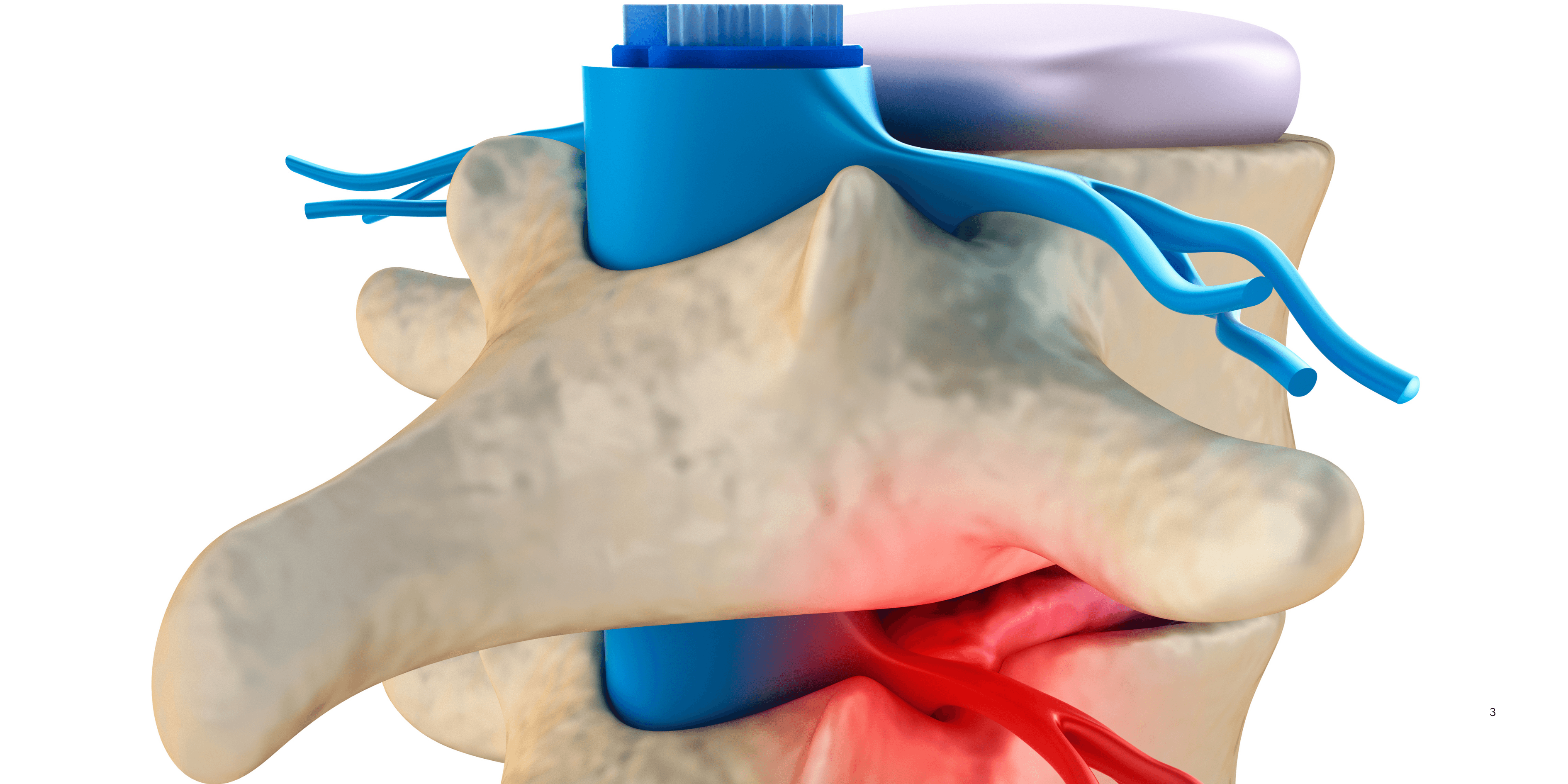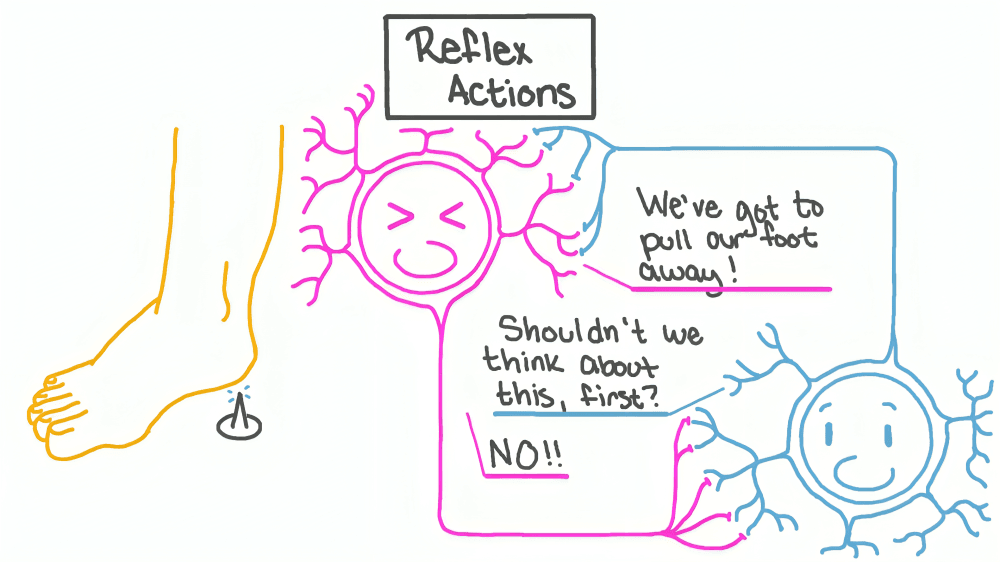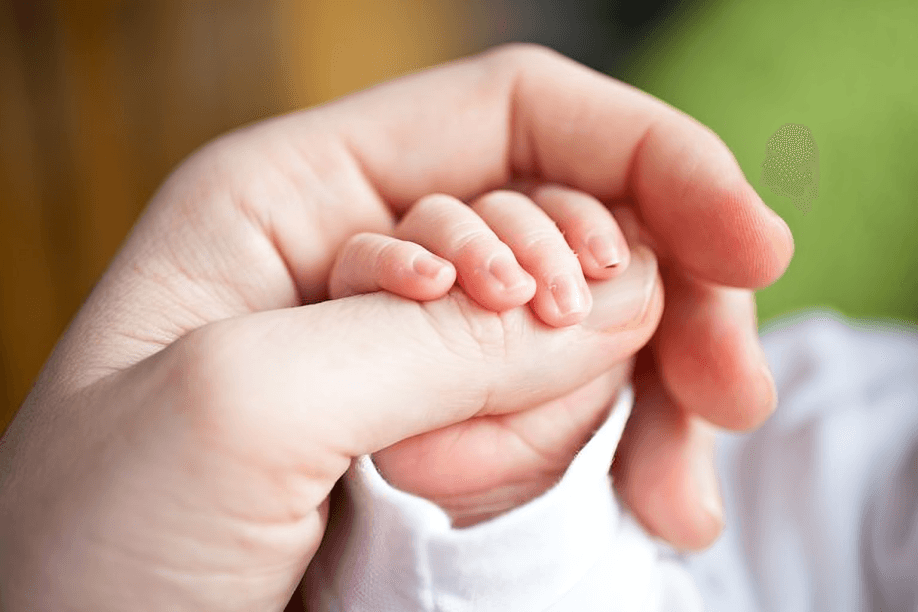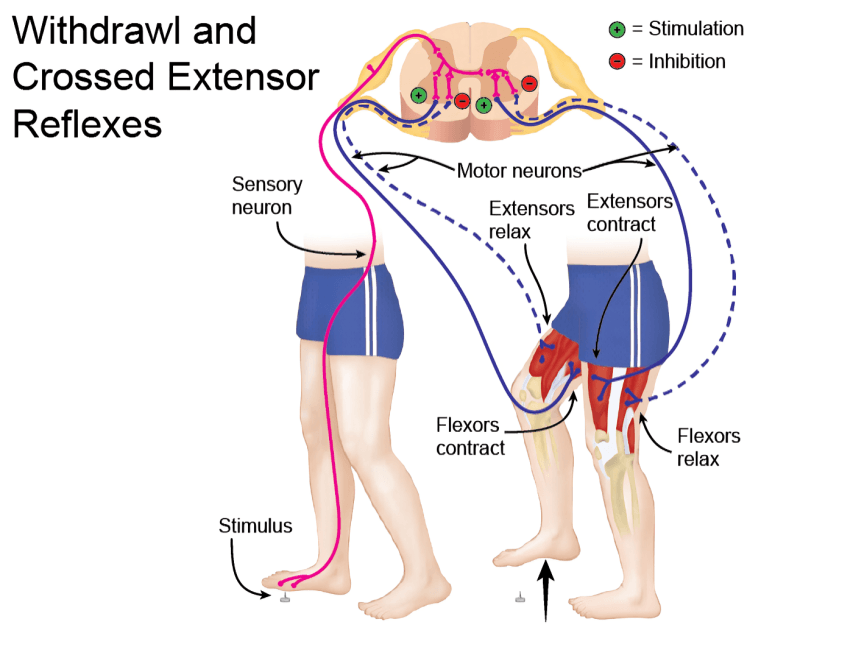
“
The role in reflex actions highlights the nervous system’s incredible ability to protect the body through rapid, automatic responses to harmful stimuli. Reflex actions are crucial survival mechanisms involving the brain, spinal cord, neurons, and muscles. Whether it’s withdrawing your hand from a hot surface or blinking when something nears your eyes, reflexes help prevent injury and ensure efficient body coordination. 1
1
”
René Descartes, a 17th-century philosopher, proposed that the body responds automatically to stimuli, laying the foundation for future neurological research on reflex actions.1
Reflex actions occur without conscious thought, allowing the body to respond quickly to danger, such as pulling a hand away from fire, often in just milliseconds after sensing the threat. 2

The spinal cord plays a central role in reflex actions, acting as a relay center that processes the signal and triggers a motor response without needing the brain’s involvement.
Sensory neurons detect harmful stimuli like sharp objects or extreme heat and immediately send electrical signals to the spinal cord, which starts the reflex loop before pain is fully processed. 3
Motor neurons carry the command from the spinal cord to muscles, making them contract instantly to perform actions like jerking away from a threat, preventing further damage or harm. 4
Reflex arcs are the pathways that carry signals from sensory receptors to the spinal cord and then to muscles, forming the basic structure of every reflex action in the human body. 5
Simple reflexes, such as the knee-jerk reaction, are tested in clinics to assess nervous system health, with abnormal responses sometimes indicating neurological disorders or nerve damage. 6
The withdrawal reflex, one of the most common types, helps protect the body by quickly moving limbs away from noxious stimuli without thinking, even before pain registers. 7
Reflex actions are extremely fast due to the short, direct pathway they follow, which includes only a few neurons and avoids the delays caused by routing signals through the brain. 8

Infants display primitive reflexes like the grasp reflex or rooting reflex, which help with survival and gradually disappear as the brain matures and voluntary control improves.
Reflexes are classified into somatic reflexes, which control skeletal muscle actions, and autonomic reflexes, which regulate internal organ functions such as heart rate and digestion. 9
Some reflex actions involve interneurons in the spinal cord, which process and slightly modify the signal before sending it to the motor neurons, allowing more control over the reaction. 10
Reflex actions often happen so fast that we become aware of them only after the movement occurs, such as blinking when an object rushes toward the face or ducking from a loud noise. 11
In some cases, reflex actions can override each other, such as when a pain reflex is inhibited during extreme stress or urgency, allowing more purposeful movements to take over. 12
The Golgi tendon reflex prevents muscles from over-contracting and damaging themselves by sensing too much tension and signaling the muscle to relax, showing the protective role of internal reflex loops. 13

Crossed extensor reflexes help maintain balance by extending one leg when the other is lifted suddenly in response to a stimulus, a complex yet automatic coordination between limbs.
Reflex testing is a vital neurological tool for doctors to evaluate spinal cord function, especially when diagnosing conditions like multiple sclerosis, herniated discs, or peripheral nerve damage. 14
Even in sleep or under anesthesia, some reflexes like the plantar reflex may still occur, indicating how deeply rooted and involuntary these protective responses are in the nervous system. 15
Reflex actions are not exclusive to humans—animals rely on them for survival too, such as a cat retracting its paw from a hot surface or a lizard fleeing a sudden threat instantly. 16
Sir Charles Sherrington, a Nobel-winning physiologist, expanded Descartes’ ideas and described the reflex arc in detail, transforming how scientists understand the role of nerves and muscles in reflex actions.17


